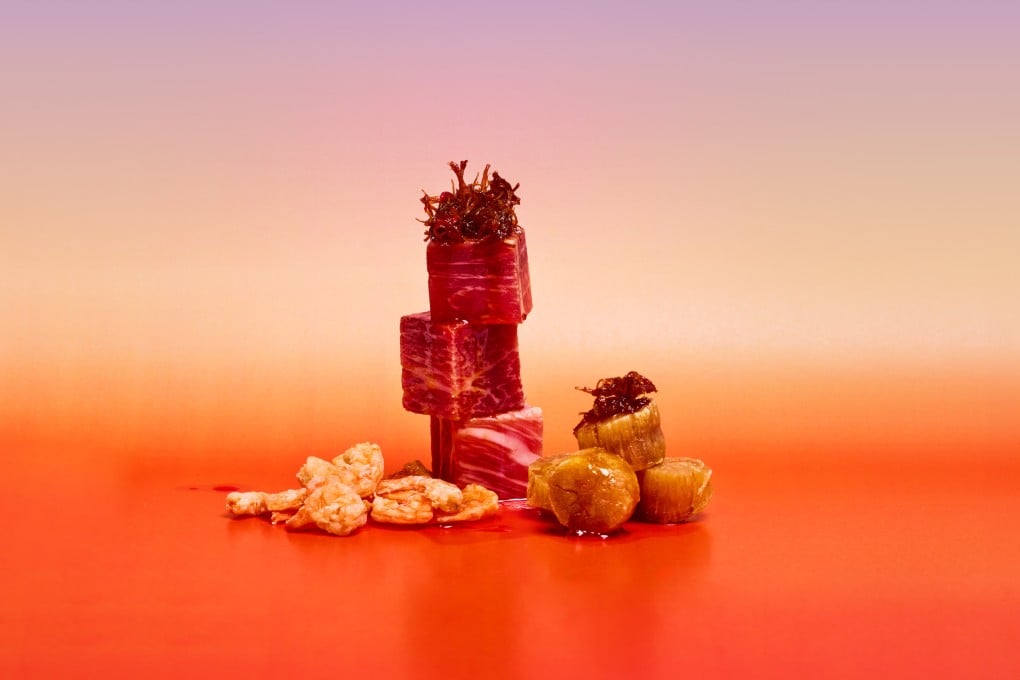XO sauce: the international appeal of a Cantonese staple
Hong Kong’s beloved signature sauce is glazing the menus at Michelin-starred Western restaurants around the world

Inside the sleek, minimalist interior of FZN by Björn Frantzén in Dubai, executive chef Torsten Vildgaard serves a small bowl of XO sauce with the main course of barbecued duck and foie gras. The sauce has deep umami flavours balanced by a caramelised sweetness and a hint of earthiness, a sigh of smoke underneath it all – heavenly when slathered on the pillowy bread that arrives alongside the duck.

“We chose this recipe for our opening menu because it complements the main course perfectly,” says Vildgaard. “Also, it’s vegetarian, making it a great option that most guests can enjoy. I’m passionate about dishes that highlight the plant kingdom.”
The chef named it “XO chilli sauce”, the term “XO” usually used to describe “extra old” Cognac having come to represent something considered the best of the best in 80s Hong Kong. The sauce is, indeed, traditionally made with luxury ingredients, such as conpoy (dried scallop), dried shrimp and Jinhua ham from Zhejiang province. Whether a sauce can be classified as XO without these three key ingredients is up for debate. Nevertheless, chefs around the world are claiming to have been inspired by what is surely one of Hong Kong’s most influential gastronomic exports.
Chefs are experimenting with Chinese cooking techniques and ingredients in new ways, often fusing them with other cuisines to create unique dishes that appeal to a broader audience
However, it’s not just XO sauce that Vildgaard is seeing growing interest in. “Chinese food is gaining more traction outside Asia, especially among chefs,” he says. “Over the past few years, there’s been a surge of interest in regional Chinese cuisines. Chefs are experimenting with Chinese cooking techniques and ingredients in new ways, often fusing them with other cuisines to create unique dishes that appeal to a broader audience.”